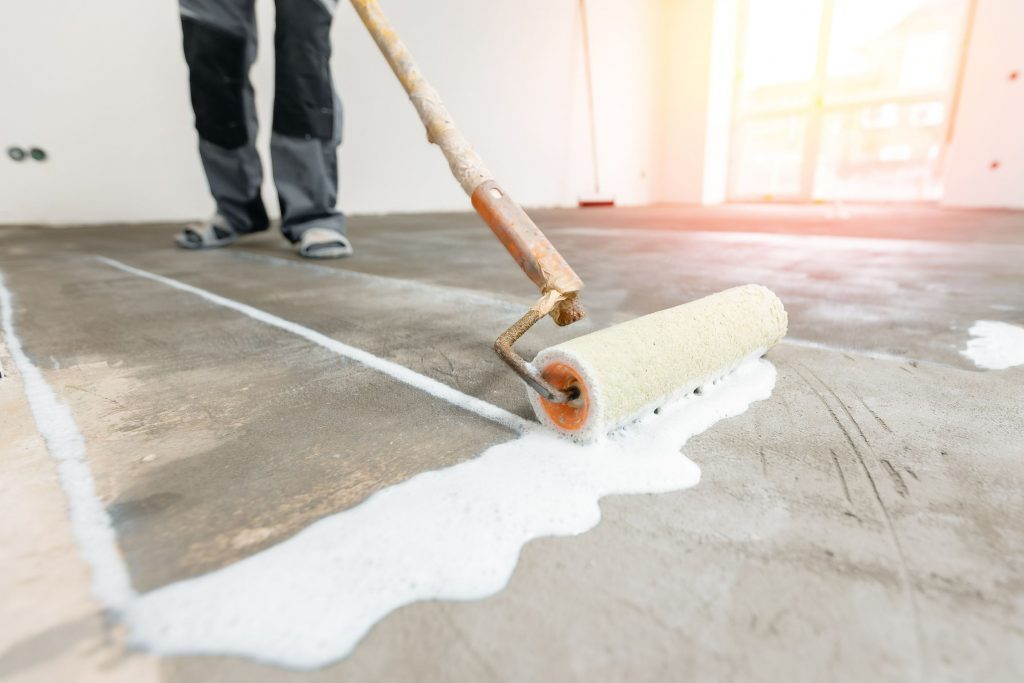Moisture infiltration can wreak havoc on buildings, causing structural damage, mold growth, and a host of other problems. To protect structures from water damage, an effective waterproofing solution is essential. One innovative approach that has gained prominence in the construction industry is liquid waterproofing. This method involves the application of a liquid membrane to create a robust barrier against moisture. In this article, we’ll explore the world of liquid waterproofing, its advantages, applications, and why it has become a preferred choice for builders and architects.
The Basics of Liquid Waterproofing
Liquid waterproofing is a versatile technique that involves the application of a liquid membrane onto various surfaces to prevent water infiltration. This membrane forms a continuous, seamless barrier that adheres tightly to the substrate, creating a robust defense against moisture.
Advantages of Liquid Waterproofing
- Seamless Protection: Unlike traditional waterproofing methods that rely on seams, joints, and overlapping sheets, liquid waterproofing offers a seamless protective layer. This minimizes the risk of water finding its way through gaps and weaknesses in the system.
- Versatility: Liquid waterproofing can be applied to a wide range of surfaces, including concrete, masonry, wood, and metal. It’s adaptable to different architectural features such as roofs, balconies, foundations, and even intricate details like flashings and penetrations.
- Ease of Application: The liquid membrane is relatively easy to apply, whether by brush, roller, or spray. It conforms to the contours of the substrate, ensuring complete coverage and adhesion.
- Durability: High-quality liquid waterproofing products are designed to withstand UV exposure, temperature fluctuations, and mechanical stress. They have a longer lifespan compared to some traditional waterproofing materials.
- Cost-Effective: Liquid waterproofing can be a cost-effective solution, especially when considering installation labor costs. Its ease of application can save time and reduce labor expenses.
Applications of Liquid Waterproofing

- Roofing: Liquid waterproofing is commonly used for flat and low-slope roofs. It provides a seamless, durable, and watertight solution for protecting buildings from leaks.
- Balconies and Terraces: Balconies and terraces are vulnerable to water damage. Liquid waterproofing is an ideal choice to prevent moisture penetration and extend the life of these outdoor spaces.
- Basements: Basement walls and floors are susceptible to groundwater intrusion. Liquid waterproofing can create an effective moisture barrier in basements, turning them into usable living or storage areas.
- Swimming Pools: Liquid waterproofing systems are applied to swimming pools to prevent water seepage and ensure the longevity of the structure.
- Facade Protection: Liquid membranes can be used to protect building facades from moisture, ensuring the structural integrity of the entire building envelope.
Challenges and Considerations
While liquid waterproofing offers numerous benefits, it’s essential to consider factors such as surface preparation, compatibility with existing materials, and the expertise required for proper application. In some cases, professional installation may be necessary to ensure the effectiveness of the waterproofing system.
Conclusion
Liquid waterproofing is a versatile and effective solution for protecting buildings against moisture infiltration. Its seamless application, versatility, and durability make it a preferred choice for architects, builders, and property owners seeking to safeguard their structures from water damage. As the construction industry continues to evolve, liquid waterproofing is likely to remain a crucial component in the arsenal of tools used to create durable and resilient buildings.